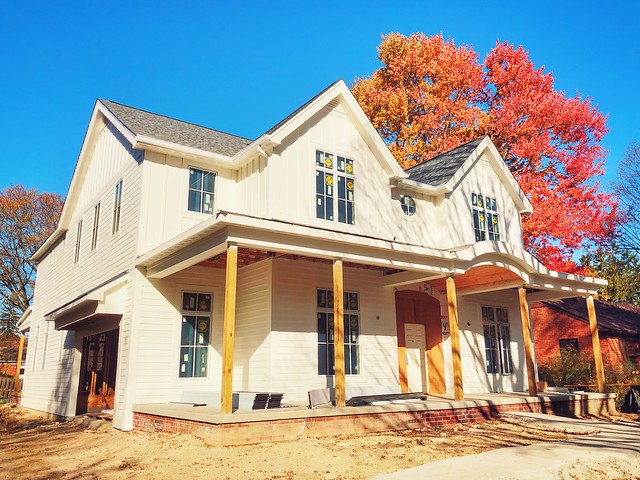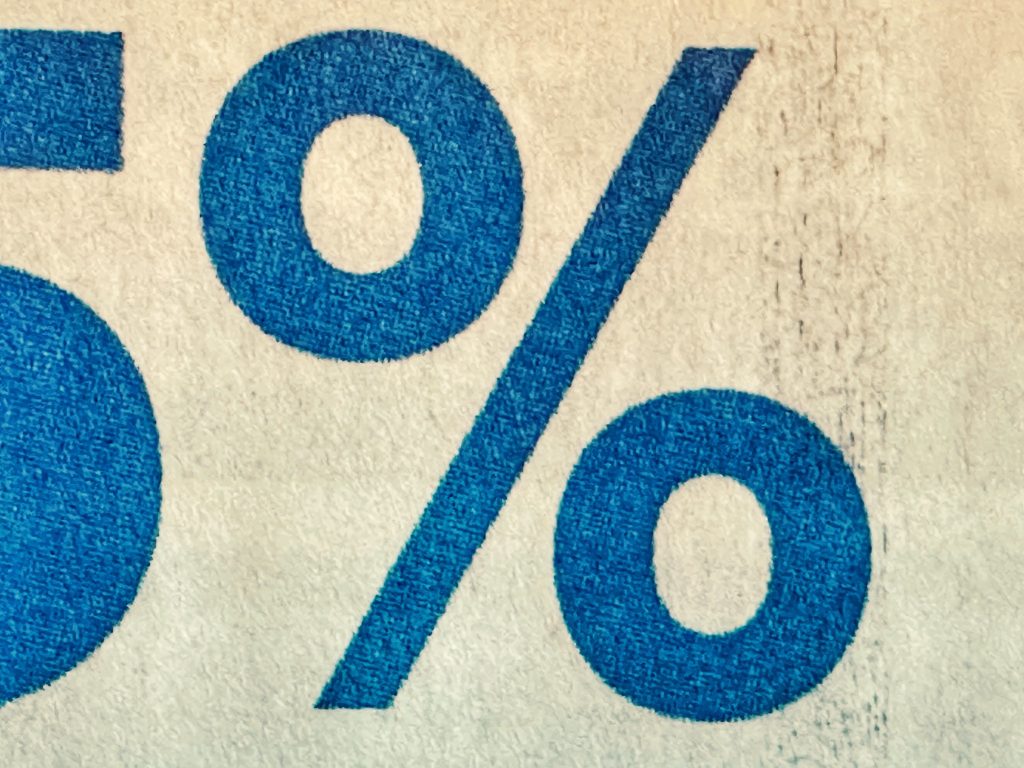The National Association of Realtors’ Pending Home Sales Index measures the number of contracts to buy homes signed each month. The index is considered a good indicator of future home sales, since contract signings typically precede closings by several weeks. According to the most recent release, the index found contract signings up 2.2 percent month-over-month in November, pushing pending sales activity nearly 7 percent higher than it was last year at the same time. The gains were widespread and included all regions of the country – except the Northeast which experienced a slight decline. Lawrence Yun, NAR’s chief economist, says increased contract signings are an indication that home buyers have reset their expectations. “Consumers appeared to have recalibrated expectations regarding mortgage rates and are taking advantage of more available inventory,†Yun said. “Buyers are no longer waiting for or expecting mortgage rates to fall substantially. Furthermore, buyers are in a better position to negotiate as the market shifts away from a seller’s market.†(source)













